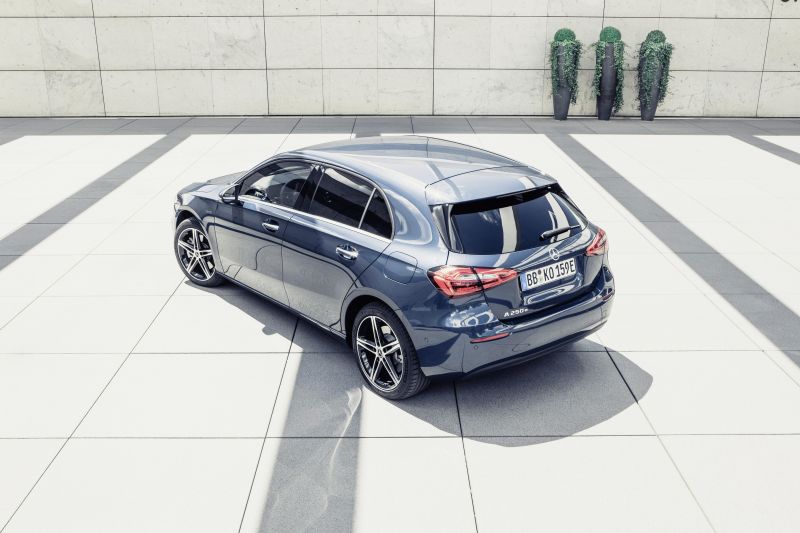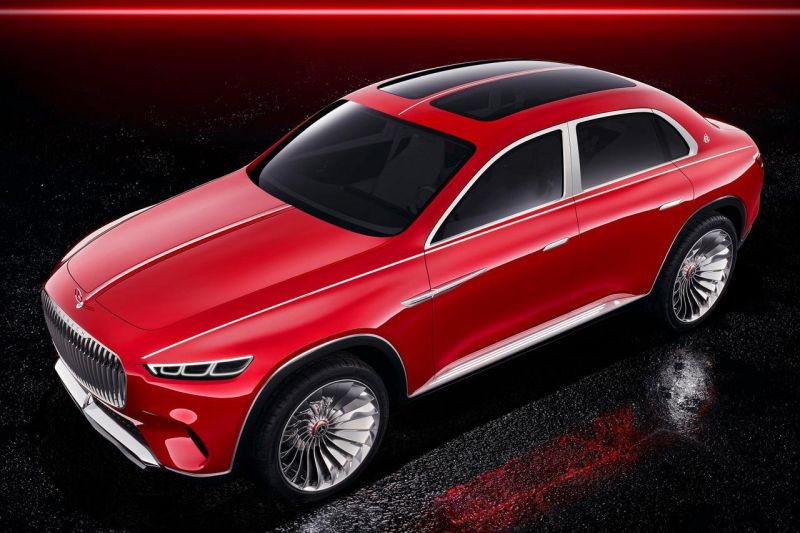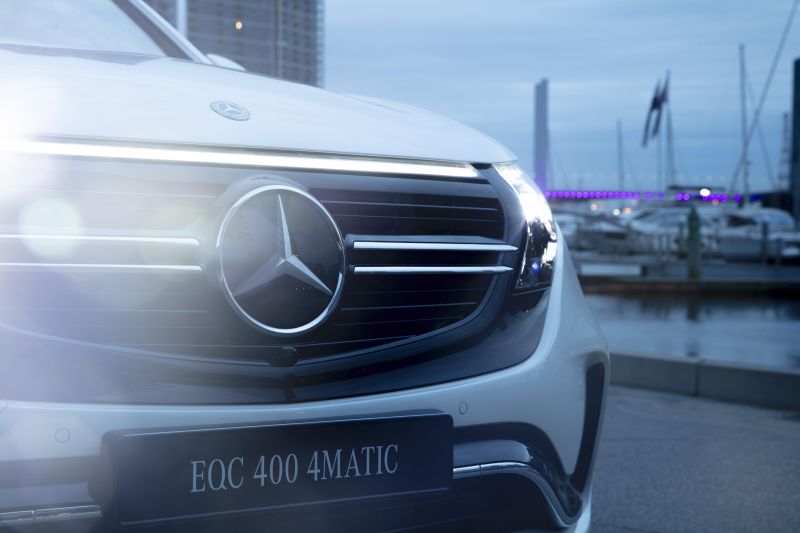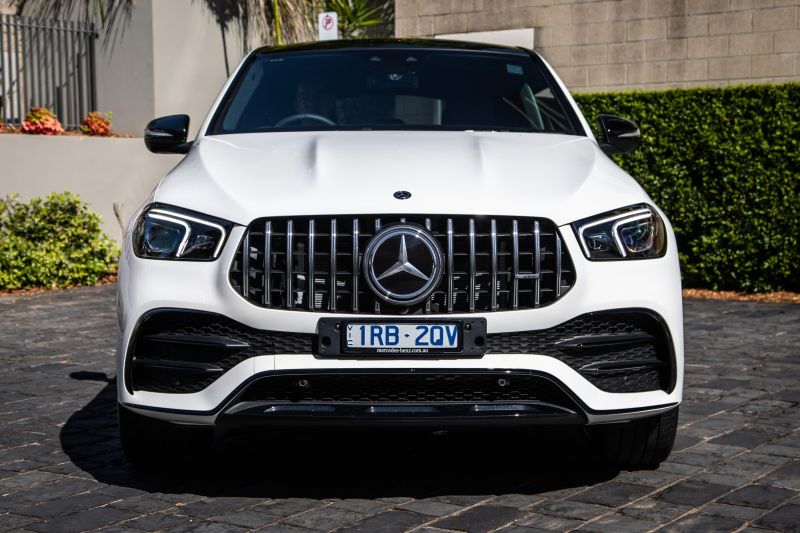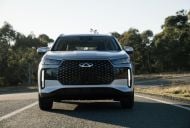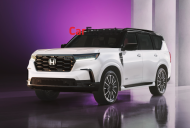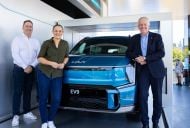Mercedes-Benz is setting its sights on strong growth at the top end of the market, after aggressively expanding its range of small, affordable cars.
Announced as a part of this week’s strategy update, the brand is pushing to double the sales of Maybach vehicles as it electrifies the uber-luxurious sub-brand.
Having spun eight models from the MFA II platform debuted in the current A-Class, Mercedes will reorient its development focus to more profitable (and prestigious) parts of the market to avoid becoming “a competitor of the volume makers”.
“The premium luxury segment usually has above average growth,” Mercedes-Benz chief executive Ola Kallenius told investors, according to Reuters.
Maybach is one part of the more aggressive push for profitability, but it’s backed by the electric EQ and new G-Class sub brands.
On the mainstream side of things, Mercedes will significantly reduce the range of internal-combustion engine options in its range by 2030, and has officially stopped developing manual cars in an attempt to lower development costs.
It’s also reportedly looking at new, unique body styles to make its mainstream small cars more desirable. One option, according to Handelsblatt, combines sedan proportions with a taller ride height to create what’s been dubbed an SUL, or sports utility limousine.
The report says it could be on sale as soon as 2025 as a replacement for the current A-Class sedan with both internal-combustion and electric powertrains.
Mercedes-Benz has previously dipped its toe into the water with sedan-SUV mashups.
At the 2018 Beijing auto show it unveiled the Maybach Vision Ultimate Luxury, an S-Class on stilts designed to showcase what the Mercedes-Maybach brand could do when the bounds of production-readiness are removed.
Mercedes-Benz is hoping its reshuffled business will drive double-digit profits by 2025.
In Australia, the brand leads competitors BMW and Audi to date in 2020 with 26,394 sales across its passenger car and commercial divisions.
Its best-selling car to date this year is the A-Class with 4796 sales, followed by the mid-sized GLC SUV (3681 sales) and the large GLE SUV (2264).
The brand will in 2022 move from its current dealer franchise sales model to a centrally-managed agency setup with fixed pricing.
At the moment, Mercedes-Benz dealerships buy cars from head office before on-selling them to customers. Dealers are owned and run by franchisees who can adjust or negotiate the price of a car to undercut rival dealers, both from other brands and within the Mercedes-Benz network.
Pressure to make a sale (driven by a range of factors, including internal targets or a need to move older stock) gives new car buyers the power to negotiate a sharper price on their vehicle. That power vanishes when head office sets the price.
Under the agency model, stock is centrally owned by a carmaker. Dealers are used to distribute cars and service them, but don’t have the authority to set prices or negotiate with customers. Dealerships earn a flat fee for delivering vehicles to customers.
Mercedes-Benz hasn’t confirmed whether it will lower its sales volume in line with the shift.

